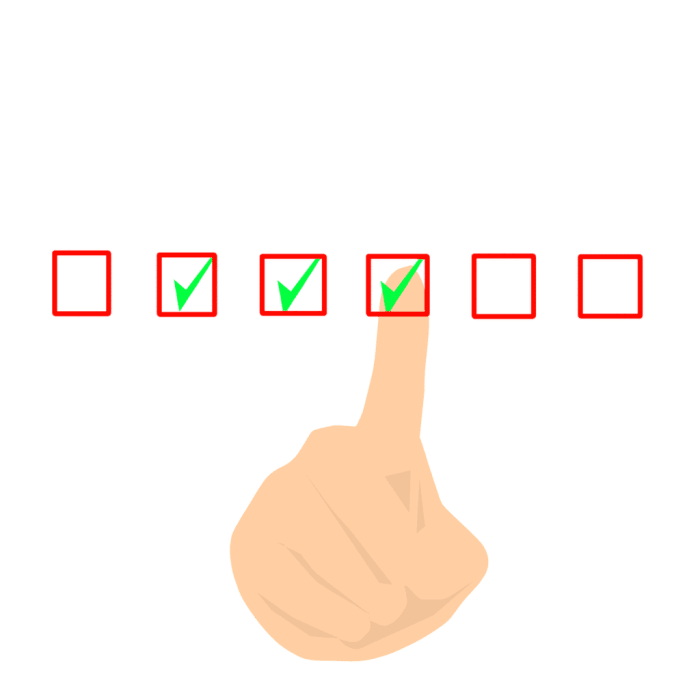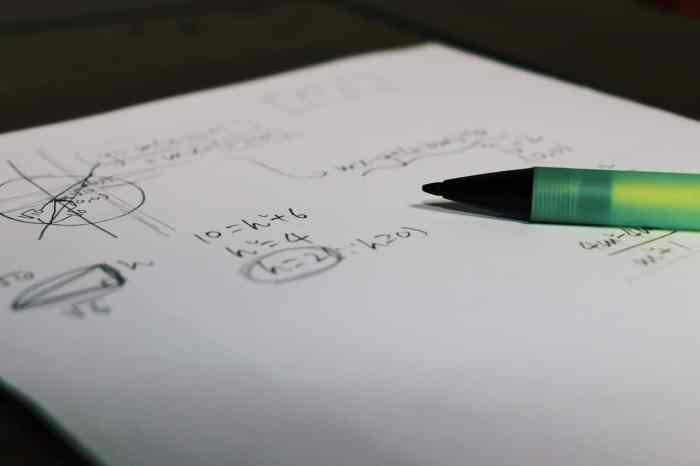Hartman’s Nursing Assistant Care Workbook Answers Chapter 5 provides an in-depth exploration of the fundamental principles and practices of nursing care, empowering nursing assistants with the knowledge and skills necessary to deliver exceptional patient care. This chapter delves into various aspects of patient care, including patient assessment, activities of daily living, nutrition and hydration, elimination, positioning and mobility, comfort and safety, communication and documentation, and infection control.
Through a comprehensive and engaging narrative, this chapter equips nursing assistants with a solid understanding of their role in promoting patient well-being and ensuring optimal health outcomes. By mastering the concepts and techniques Artikeld in this chapter, nursing assistants can effectively contribute to the delivery of high-quality patient care.
Fundamentals of Patient Care

Patient assessment and monitoring are crucial for providing optimal care. Assessment involves gathering data about the patient’s physical, mental, and emotional status, while monitoring involves tracking changes over time.
Assessment techniques include observing the patient, taking vital signs, and interviewing them. Nursing assistants play a vital role in monitoring patient vital signs, which include temperature, pulse, respiration, and blood pressure.
Activities of Daily Living (ADLs), Hartman’s nursing assistant care workbook answers chapter 5
- The six ADLs are bathing, dressing, toileting, transferring, continence, and feeding.
- Assisting patients with ADLs promotes independence and well-being.
- Steps involved in assisting with ADLs include assessing the patient’s needs, providing assistance as needed, and promoting independence.
Nutrition and Hydration
A balanced diet provides the nutrients necessary for health and well-being.
Adequate fluid intake is essential for maintaining hydration and preventing complications.
Nursing assistants assist patients with eating and drinking by providing assistance with feeding devices, monitoring fluid intake, and encouraging patients to eat and drink.
Elimination
Elimination involves the removal of waste products from the body.
Nursing assistants assist patients with elimination by providing privacy, assisting with toileting, and monitoring for signs of constipation or incontinence.
Positioning and Mobility
- Patient positioning promotes comfort, prevents pressure ulcers, and facilitates mobility.
- Safe patient handling techniques minimize the risk of injury to both the patient and the caregiver.
- Assistive devices, such as wheelchairs and walkers, enhance patient mobility.
Comfort and Safety
Comfort measures, such as providing a comfortable bed, maintaining a clean environment, and providing pain relief, promote patient well-being.
Nursing assistants play a key role in promoting patient safety by monitoring for hazards, providing assistance with mobility, and reporting any concerns.
Communication and Documentation
Effective communication is essential for providing patient-centered care.
Nursing assistants communicate with patients using verbal, nonverbal, and written methods.
Accurate documentation ensures continuity of care and provides a legal record of patient care.
Infection Control
Infection control measures prevent the spread of infection and protect patients and staff.
Nursing assistants play a vital role in infection control by practicing hand hygiene, using personal protective equipment (PPE), and following proper cleaning and disinfection procedures.
FAQ Corner: Hartman’s Nursing Assistant Care Workbook Answers Chapter 5
What is the significance of patient assessment in nursing care?
Patient assessment is crucial in nursing care as it provides a baseline for understanding the patient’s health status, identifying potential problems, and developing an individualized care plan.
Can you provide examples of patient assessment techniques?
Patient assessment techniques include physical examination, vital signs monitoring, pain assessment, and mental status assessment.
What is the role of the nursing assistant in monitoring patient vital signs?
Nursing assistants play a vital role in monitoring patient vital signs, such as temperature, pulse, respiration, and blood pressure, to detect any changes or abnormalities that may indicate underlying health issues.


